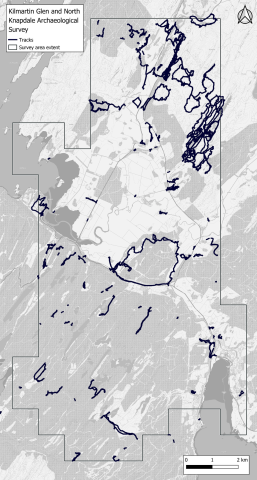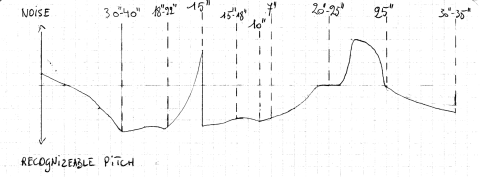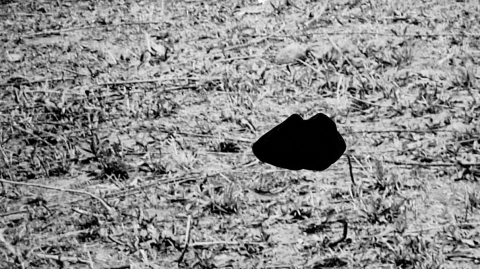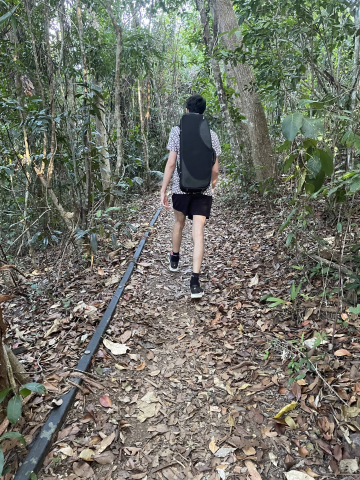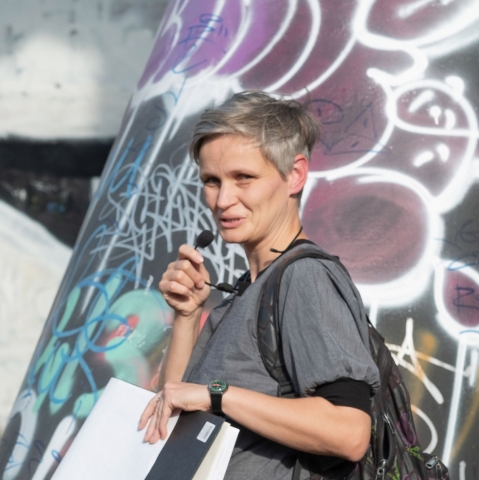Editorial
Recentemente o JAR atualizou o formulário de avaliação dos pareceristas após anos sem qualquer modificação. Tanto o anterior quanto o novo formulário consistem em uma lista de questões que convergem para uma secção dedicada à conclusão, onde são definidas as reformulações sugeridas e necessárias, como também onde há uma escala de avaliação a ser preenchida. Sempre aconselhamos que todos autores se familiarizem com o formulário de avaliação tendo em vista a compreensão de como os pareceristas julgarão suas submissões. Também aconselhamos os pareceristas a dar atenção a todas as secções do formulário antes de preencherem individualmente cada uma delas, visando a dar um parecer não repetitivo e mais estruturado. (Também informamos que o preenchimento do formulário de avaliação é opcional e não obrigatório.) As modificações no formulário de avaliação foram provocadas pelas respostas dos pareceristas e por nossa própria experiência com as respostas que coletamos do formulário anterior.
Antes de entrar no detalhamento do novo formulário, gostaria de deixar claro que sempre consideramos nosso processo de avaliação um ganho para nós, enquanto editores, e para os autores que são privilegiados por receber uma informação crítica detalhada. Através dos anos dois tipos de respostas se apresentaram com frequência: relativos aos autores, é incrível a percepção de que receber um parecer sério seja incomum, em particular referente ao que os pesquisadores seniors costumam receber, e o quanto estes ficam agradecidos pelo tempo e esforço dos avaliadores dedicados a seus trabalhos. Relativo aos avaliadores, o formulário contribui para a mudança de papel de leitor a avaliador. Enquanto avaliador, intensificando ainda mais a percepção do material no encontro com a exposição. Percepção esta que parecia ter sido satisfatoriamente assimilada enquanto leitor, um sinal da efetividade e alcance do modelo de exposição. Talvez o lado problemático, que eu deveria mencionar, seja que ainda permanece uma especulação tanto para os autores quanto para os avaliadores o que venha a ser "exposições da prática artística enquanto pesquisa”, que o JAR tanto almeja. Ponto que esperamos que o apêndice no novo formulário tenha nos auxiliado a esclarecer mais.
Comparando-se o antigo formulário com o novo, primeiro de tudo, é melhor não olhar atentamente para o fraseado das varias questões, mas a narrativa geral que as conecta. No antigo formulário, diretamente perguntávamos sobre a contribuição da submissão (Quais aspectos da submissão são de interesse/relevância e por quê?), o que seria comprovado de diversas maneiras incluindo questões sobre o design e a navegação desta (O quanto o design e a navegação dão suporte à submissão?) como também referente à ética (Existem problemas éticos ou legais?). No novo formulário, essa narrativa que se desloca do centro (como percebido) para as margens (como percebidas) foi colocada de cabeça para baixo. Nós primeiramente perguntamos sobre as implicações éticas e as considerações sobre o design da submissão, como se o significado da submissão independa do estabelecimento destes pontos iniciais. Em certo sentido, o que solicitamos é que os pareceristas tenham um distanciamento primeiramente e se orientem antes de estabelecerem uma avaliação da submissão, construindo, ao invés de desconstruindo, uma imagem do âmago da submissão.
Muito tem se falado sobre as margens e os centros, por exemplo, nos discursos pós estruturalistas e decoloniais, mas, independentemente de nossos esforços, ao longo dos anos, ainda nos surpreende detectar hierarquias existentes em vários níveis que foram permitidas a se infiltrarem nos novos processos. No formulário de avaliação, parece que por anos sugeríamos que a primeira questão era sobre o conteúdo e, mais precisamente, sobre sumarizar o conteúdo na linguagem escrita. Com nosso novo formulário de avaliação reconhecemos que a pesquisa artística requer uma reavaliação de ordenamento e hábitos mesmo no nível mais burocrático. (Em meu texto editorial do JAR 18, escrevi algo similar sobre o quanto insuficientemente problematizamos a questão da linguagem, no início do JAR, questão que ao longo dos anos temos retornado a discutir).
A segunda maior modificação que quero destacar neste editorial, tem a ver com a política editorial e o papel do aconselhamento dos avaliadores que afetam as decisões gerais de como fazer um periódico. Alguns anos atrás, entendemos que os avaliadores raramente descartam práticas específicas e, ao contrário, se engajam profundamente com o potencial que eles vêem. Em resposta a isso, acrescentamos a pergunta ao formulário de avaliação dos pareceristas sobre o potencial da submissão (A submissão atinge seu potencial?). Se assumirmos, que em um primeiro estágio na rejeição de mesa, o processo editorial do JAR já tenha determinado quais submissões prosseguirão a serem avaliadas, que são aquelas com potencial (para serem publicadas), a avaliação necessária no final do processo dos pareceristas é menos, como foi no passado, se 'esta submissão deve ser publicada?', e mais, como ela se apresenta agora, e o quanto profunda ou ostensivamente a reformulação aconselhada pelo parecerista deva ser realizada para garantir a publicação. A questão final no novo formulário de avaliação é: O quanto você acredita ser necessária uma reformulação substancial da exposição, onde 0 = significa nenhuma reformulação e 10 = significa uma reformulação substancial de grande porte é requerida?. Assim, quando a comissão editorial acessa as avaliações dos pareceristas que nos são retornadas, é necessário levar em consideração vários aspectos; o que os pareceristas vêem como exigências em relação ao potencial a ser ainda desenvolvido, e quais recursos os editores individualmente da comissão editorial possuem para o aconselhamento dos autores quanto a submissão, e como eles percebem a abertura dos autores em seguir o aconselhamento.
Esta modificação na parte final de avaliação do formulário dos pareceristas reflete uma evolução relacionada à noção de ‘qualidade’. Faz mais sentido a nós agora iniciar com a crença que todas as submissões oferecem algo específico delas, práticas relevantes e únicas ou abordagens da arte (qualidades). Agora entendemos que é mais uma questão de como desenvolver estas qualidades no contexto específico do que o JAR oferece, que é reconhecidamente uma publicação da pesquisa artística de alta qualidade. Em outras palavras, com a decisão de publicação (ou não) de uma submissão o JAR não quer sugerir um julgamento sobre as qualidades, mas reconhecer os vários fatores contextuais e mesmo circunstanciais que contribuem para a publicação. O JAR não publica de maneira melhor ou pior as articulações da pesquisa artística do que outros periódicos, o JAR publica o que processamos e o que as pessoas envolvidas (pareceristas, editores e autores) conseguem criar como uma contribuição valiosa neste caso.
Se eu pudesse retornar destes e de outros desenvolvimentos para obter um panorama mais abrangente do campo e seus desenvolvimentos históricos, eu sugeriria que depois de ter estabelecido conceitualmente, institucionalmente e também praticamente o que venha a ser a pesquisa artística, a 'pesquisa artística' tenha entrado em uma nova fase na qual tem positivamente de lidar com as repercussões dos modelos escolhidos; isto é, o feedback que as abordagens criaram dentro do sistema de trabalho. Isto, eu diria, pesa para o JAR assim como para outros periódicos online da pesquisa artística. Pessoalmente, acho fascinante experienciar como nós, enquanto campo, estamos cada vez mais aptos a lidar com complexidades da prática artística enquanto pesquisa e, em particular, com os desafios que estas colocam ao entendimento da arte e do conhecimento. Enquanto a trajetória parece ser clara, é muito mais difícil dizer para onde esta nos levará, também quanto a questão da modificação societal e o papel da arte nesta modificação.
Michael Schwab
editor chefe

